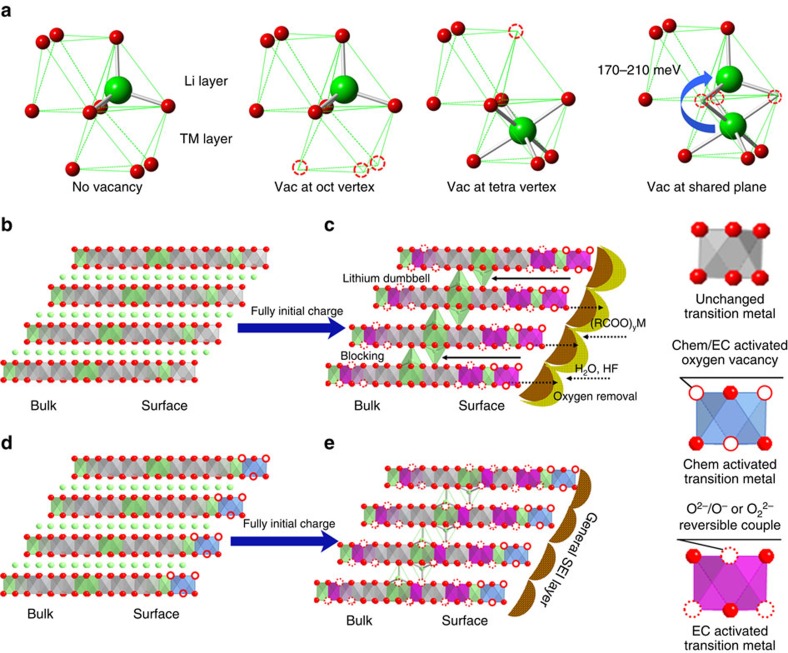Figure 6. Reaction mechanisms during charging and discharging.
(a) Calculated site stability and activation barrier under conditions of no vacancy, vacancy at octahedron (Oct) vertex, vacancy (Vac) at tetrahedron (Tetra) vertex and vacancy (Vac) at shared plane. (b,c). The pristine LR-NCM before charging and after full initial charge. (d,e) The GSIR LR-NCM before charging and after full initial charge. Green, Li; red, O. The fundamental contribution of the novel surface modification is the uniform creation of lithium and oxygen vacancies on the surface of particles before electrochemical cycling. Consequently, more Mn4+/Mn3+ redox couples in Li2MnO3 component are pre-activated; less oxygen gas is released from the material and less oxygen vacancies are created in the bulk during the charging process; limited electrode/electrolyte corrosion and bulk material structure transformation are formed in the battery system.

